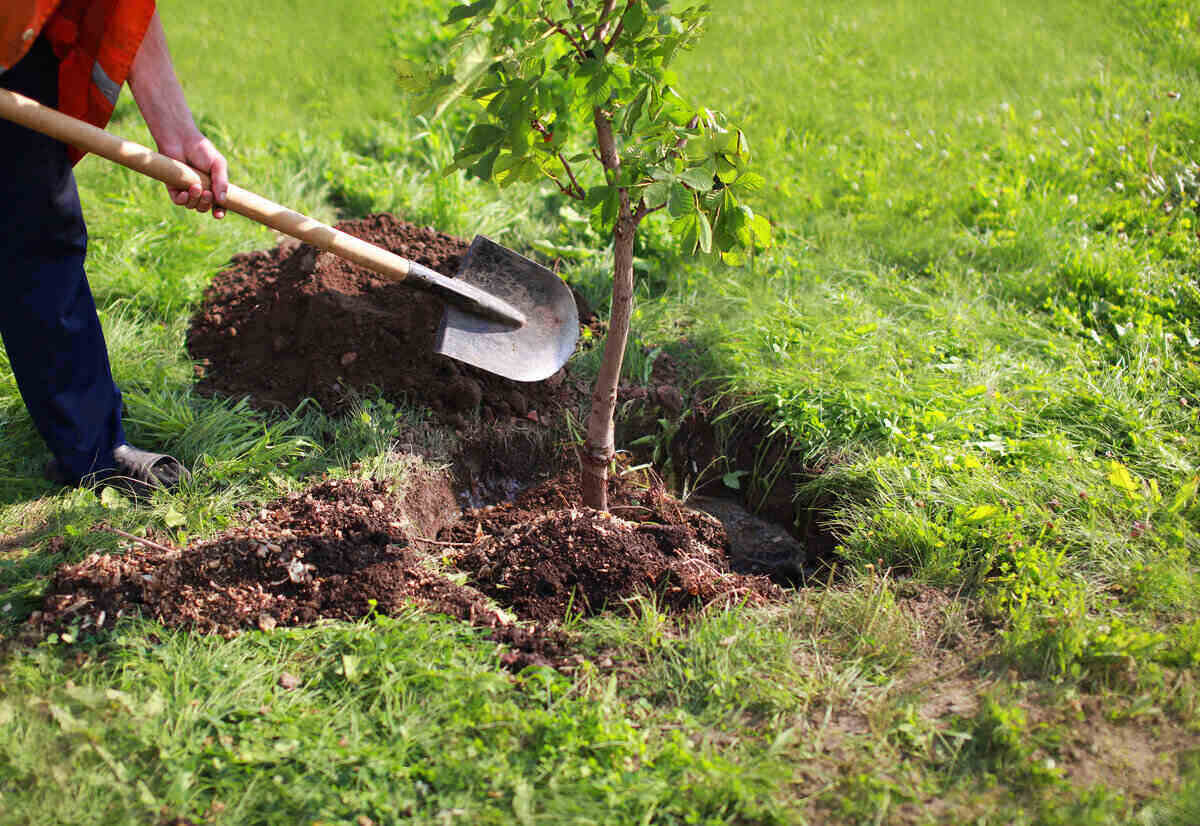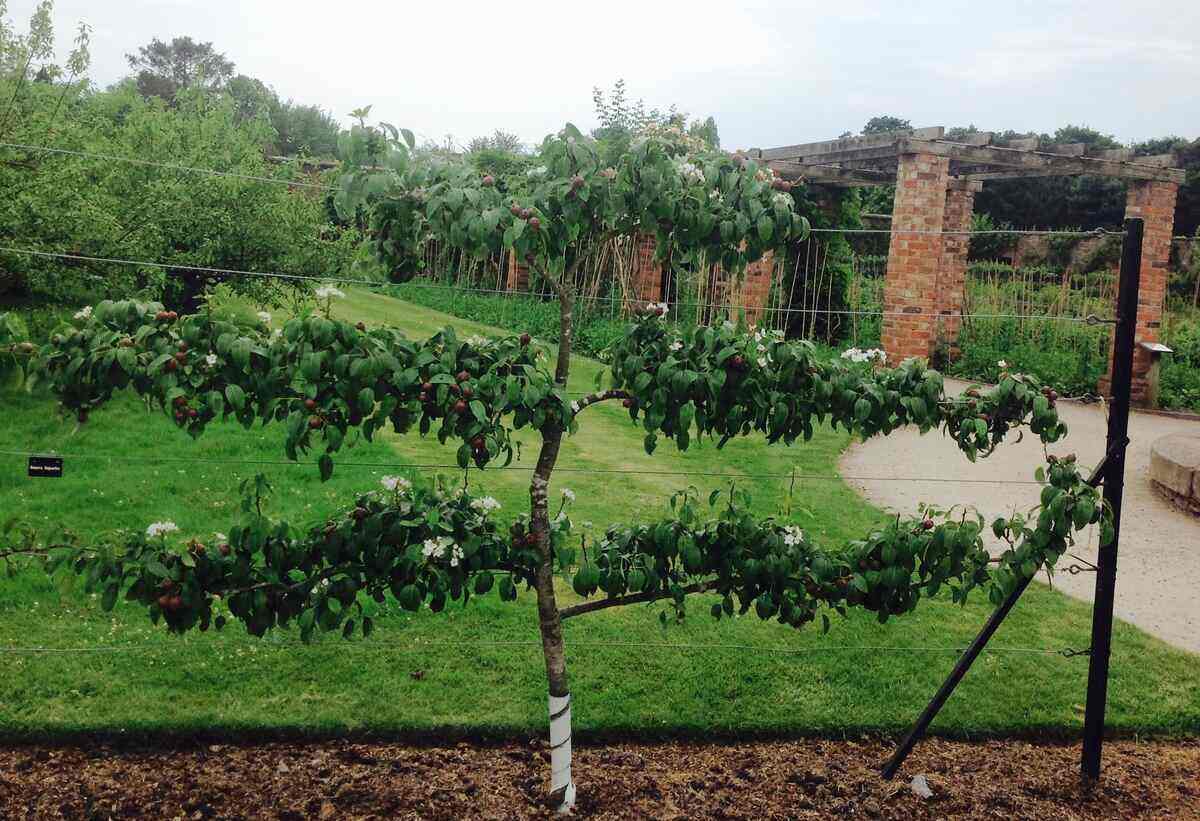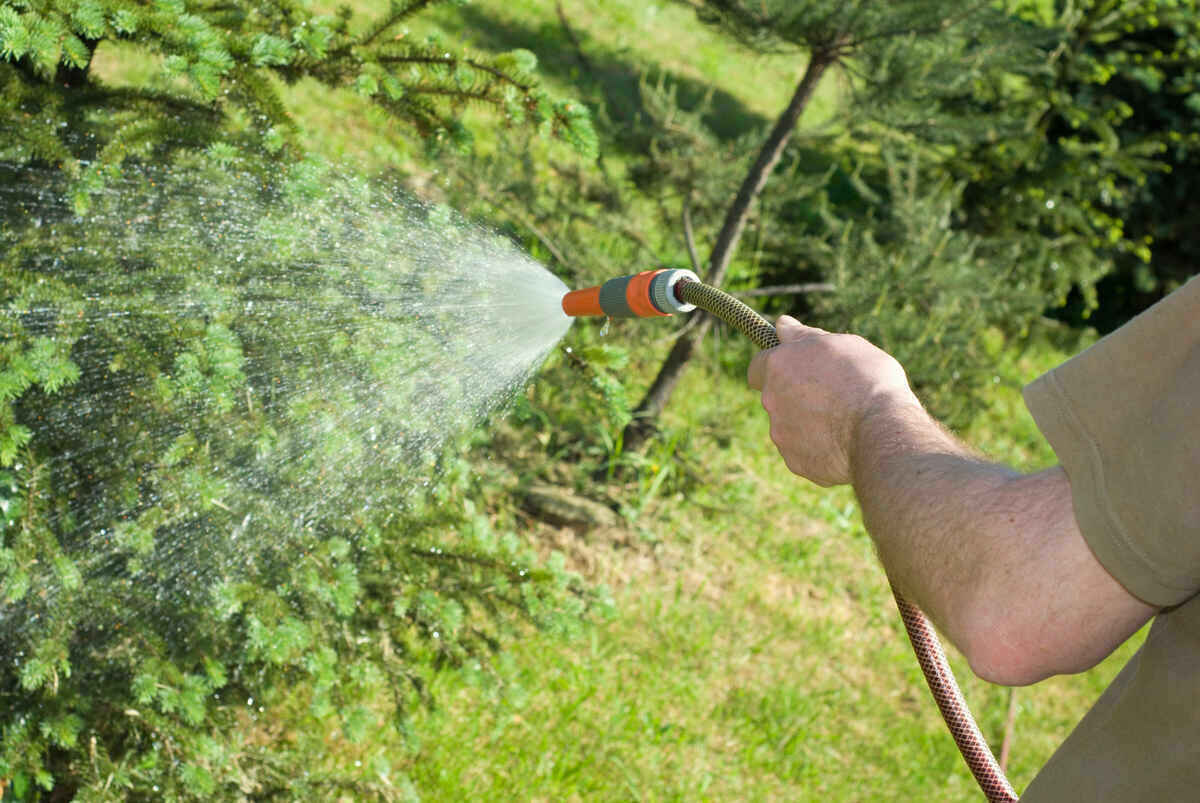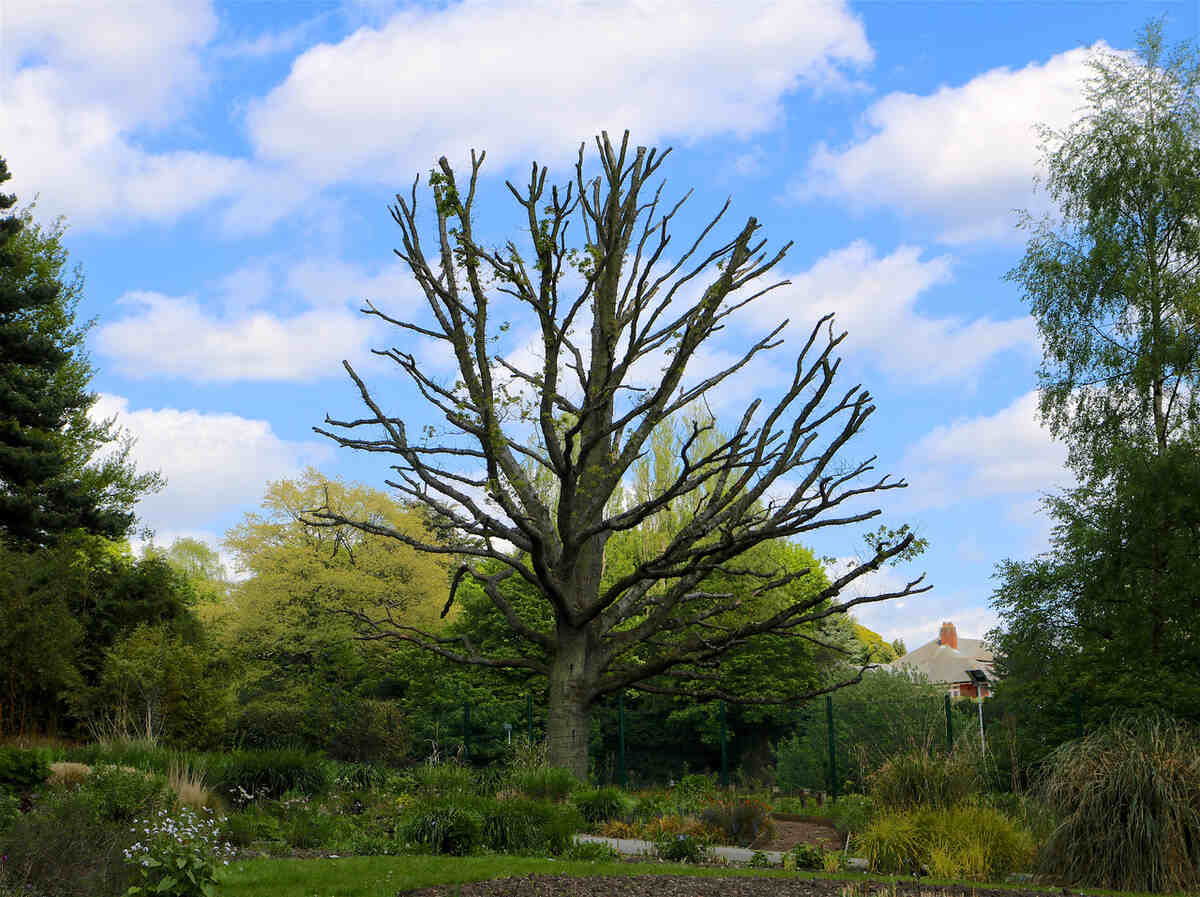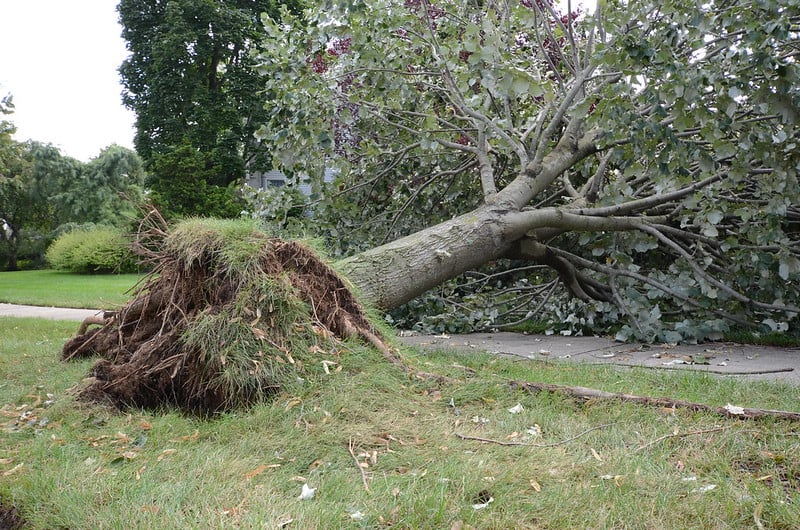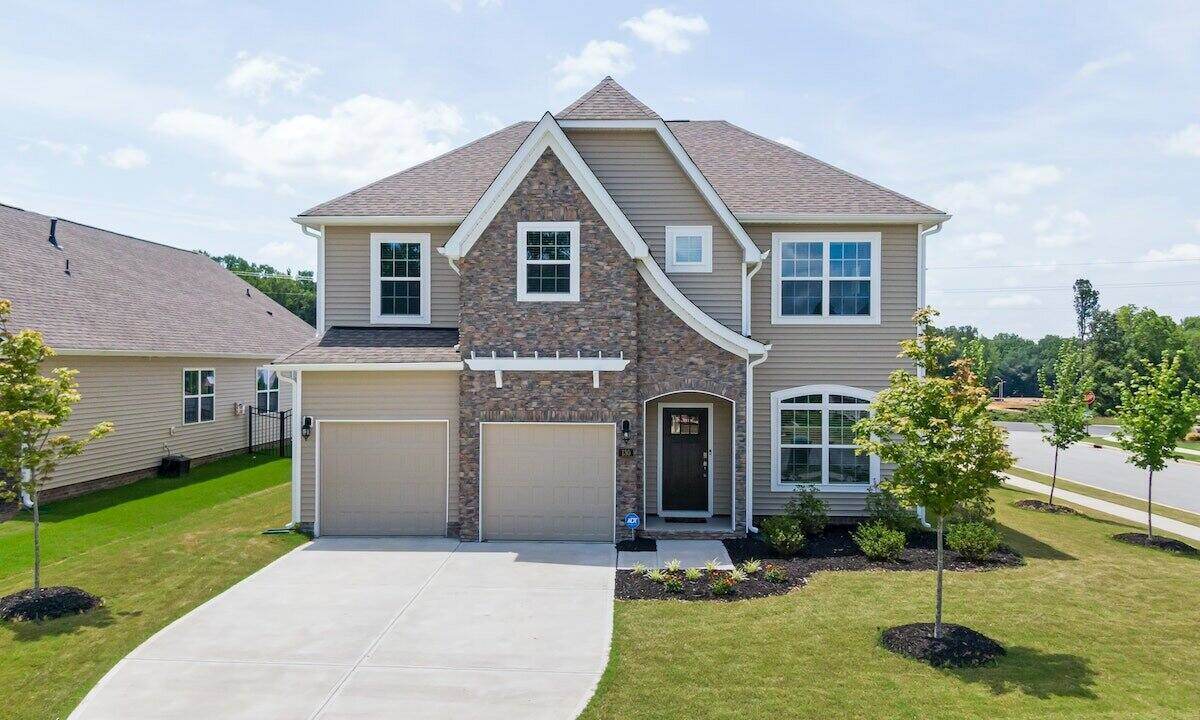
Planting trees is one of the most positive things you can do for the planet. Doing this in the forest or other designated planting sites is beneficial for everyone. But did you know that planting a tree at the right spot in your yard, while having advantages, also has drawbacks? So before you decide to grow this gentle giant on your property, it’s crucial to know the pros and cons of having trees in your yard.
Picture this — your yard with an impressive landscape but without a tree. It’s clean and pleasing to the eye. Now imagine it again, but this time with beautiful trees that offer shade during the hot summer and breathtaking foliage in the fall. Doesn’t your yard look more inviting in the second scenario?
There are both good and bad when it comes to planting trees on your property. So before you start researching a tree or going to your local nursery, know the pros and cons of planting trees in your yard.
In this article, we’ll cover:
- Pros of Having Trees in Your Yard
- Cons of Having Trees in Your Yard
- FAQ About Having Trees in Your Yard
Pros of Having Trees in Your Yard
While a tree can greatly contribute to having a beautiful yard that increases curb appeal and property value, it’s not the only benefit you can get from planting one. There are the other advantages of tree planting:
Provides Privacy
If you don’t have a fence, there’s a good chance your property is too open for everyone to see. A tree can help block the view and provide more privacy. Planting trees along your property line can obstruct the line of sight to other parts of your home that you don’t want outsiders to see.
You and your family will feel more at ease in your yard, knowing that the foliage can naturally block the line of sight. Would-be intruders will not be as confident breaking into your home without knowing what’s waiting for them on the other side. It also can discourage them since you’re not revealing whether there are valuables worth stealing from your property.
Some of the best trees you can plant for privacy include:
- Southern wax myrtle
- Lombardy poplar
- Nellie Stevens holly
- North privet
- Eastern white pine
However, this comes with a caveat. Potential criminals who have already broken through your premises may use the trees to hide. As such, you must have ample lighting outdoors, ideally with motion sensors, to deter burglars and intruders.
While you can install a privacy fence to help with this issue, those with non-privacy types of fencing like picket, lattice, steel, and aluminum fences already installed might have no other option but to plant trees for added privacy. And even homeowners with a high wooden fence still opt to plant trees because of the other benefits trees provide.
Gives Shade
Is there anyone who doesn’t love to have ample shade in their yard? Some people even install gazebos, awnings, and covered decks to have protection from the sun while enjoying the outdoors. But if you can’t install a gazebo, you can plant a tree instead. Not only will you be doing your part in stopping climate change, but you’ll also enjoy many other benefits.
You’ll have a place under the tree’s shade to sip a glass of iced lemonade on a balmy summer afternoon. It also can serve as a quiet area for you to laze around and read a book. Additionally, it can help other plants in your garden by shielding them from direct sunlight. It’s especially helpful for those with a garden facing west or south, as it tends to be sunnier.
The following are some of the fastest growing shade trees:
- Tulip poplar
- Nuttall oak
- Weeping willow
- Silver maple
- Dawn redwood
Compared to the shade a solid structure offers, plants can benefit more from the dappled sunlight passing through the natural movement of a tree’s foliage.
Cools Your Home
A tree can help you cool your home – and when your home is cool, especially in the summer, you get to enjoy lower electric bills. There are two ways a tree can cool your home.
Outdoors: Trees give you a place to spend afternoons without cranking up the air conditioner. Also, trees can absorb around 48 pounds of carbon dioxide in a year, improving the air quality around them in the process. So every time you sit under a tree, you can enjoy a breath of fresh air.
Indoors: Even if you prefer to stay indoors, you can still enjoy the advantages of trees. A house that gets a lot of shade from trees can help its air conditioning system achieve the desired temperature without consuming too much electricity.
If you want to maximize this, you can pick deciduous trees so they can provide similar benefits during the cold months. These trees shed their leaves during winter, allowing more heat from the sun to warm your home. Your heater will not have to work too much, lowering your utility bills.
Supports the Ecosystem
It’s impossible to transform your yard into an Amazon rainforest and provide the world with 20% of its oxygen supply. But you can have a yard that’s bustling with life. When you have a tree planted, you’ll be able to support the ecosystem on your property. Birds will have a place to rest and seek shelter. Even squirrels will find a home in your trees.
If you want butterflies in your yard, you can plant trees that attract them, including:
- Eastern redbud
- Sweetbay magnolias
- Pink dogwood
Aside from providing habitat to animals, birds, and insects in your area, a single tree dramatically adds to our planet’s ecosystem. And you’ll be the first to reap this environmental benefit.
With a tree as a natural carbon storage space, planting one close to your home means the air around your property can be cleaner. It will process the carbon dioxide around it and convert it into oxygen.
From a more holistic point of view, the tree you plant in your yard adds to the number of trees on the planet – helping mitigate the global warming and deforestation problems. It’s another way of showing you care not just for the current population, but for future generations, as well.
Cons of Having Trees in Your Yard
It can be pretty hard to believe that trees have some downsides. But to help you better decide if having trees in your yard is the right choice for you, it’s best to learn about the disadvantages of planting trees.
Root Growth
Did you know that most people mistakenly think a tree’s canopy mirrors its root system? But the fact is, a tree’s roots can spread out one to three times the width of its foliage. That’s why it’s never a good idea to plant trees close to your house or other structures.
Yes, you can always trim the branches if they’re growing too close to a power line or if they’re already knocking on your windows. But you can’t have the same approach for the roots. It’s not a good idea to trim them if you’re not planning to transplant the tree.
Spreading roots have the potential to damage water lines and pipes. As such, you need to be aware of the placement of pipes and utility lines on your property. You can contact your utility providers or the call-before-you-dig number to find out this information.
Roots also have the potential to spread through your home’s foundation. Trees like oak, elm, and willow have earned notoriety in this regard when planted close to a house. The harm they can do varies and includes:
- Cracks in the ceilings or walls
- Misaligned doors and windows
- Sloping floors
Do extensive research about how the tree’s roots will grow. There are trees considered to be non-invasive and those that spread wider instead of deeper. Consulting with your local arborist or landscaping professional can help you narrow your choices.
Damage to House, Fence, and Other Structures
Apart from potentially damaging a house’s foundation, a tree planted too close to a house can cause other problems as well. Leaves can start to accumulate in the gutter and cause the water to build up. If not cleaned up entirely, you’ll have ice dams in the winter and other water damage.
Trees, while having a strong root system compared to smaller plants, are not impervious to strong winds and storms. Heavy winds and tornadoes can lift them from the ground, causing havoc. A strong storm can uproot them and cause them to topple to nearby structures – usually the house beside it.
Even shade trees that are constantly casting a shadow over a wooden or vinyl fence can cause problems. Without sunlight to eliminate moisture, your vinyl fence can start to grow mold and mildew, and your wood fence will rot.
Constant Upkeep and Trimming
Whether you’re planning to plant a tree for privacy or to boost your home’s curb appeal, remember it takes a lot of time before it starts serving its purpose. That’s why patience is a very important virtue when planting a tree. You also should consider your area’s hardiness zone to determine the best trees to plant on your property. Plus, trees don’t grow at the same rate.
Did you know that it will take an oak tree 30 years for it to mature? Even smaller trees, such as Sweetbay magnolias, can take 10 years to grow to their full size.
Maintaining a tree, especially in the first three years, is crucial. You have to guarantee that it gets enough water and sunlight. Plus, you need to apply mulch for moisture and fertilize the tree. You don’t have to do all this yourself, though, as you can hire a tree service company regularly to take care of your tree and landscape. It only costs between $88 and $544 to have your lawn fertilized and between $315 to $700 for tree trimming.
You can still choose to do it yourself, but remember that tree maintenance also includes cutting branches and raking dropped leaves, especially during fall. You’ll also have to protect it from pests and insects, which is the next disadvantage.
Attracts Pests
Remember when we said about trees being part of the ecosystem in your yard? Well, this goes for supporting pests, as well. While pest infestations usually happen in rotting wood, a tree is still a good option for them, especially if they have no other alternatives.
Termite is one of the pests that can thrive even on healthy trees. If left untreated, these pests will not only harm the plant but also spread to other wooden structures like wood fences and homes, causing significant damage.
And then there are rodents, rats, and mice, which can choose to make themselves at home under a healthy tree. The problem with these pests is that they could invade your home through the windows and vents. These are health risks and can spread a host of diseases, including:
- Salmonella
- Toxoplasmosis
- Hantavirus
FAQ About Having Trees in Your Yard
You can mitigate most of the cons of having a tree when you place it in a location that’s not too close to your house. As a general rule, the distance should be one-half the height of the tree when it fully matures, but if you can go farther, the better.
While most trees can increase property value, they need to be healthy and beautiful. Large trees, especially those in yards and along streets, can increase your home’s value by up to 15 percent. Considering the fact that it takes years for a tree to mature, this is actually a long-term investment.
Oak and its varieties have always been known to increase a property’s curb appeal. If you don’t have the space in your yard or don’t want to wait too long for your return on investment, you can choose to go with non-oak trees. Some of your options include sugar maple, southern magnolia, black cherry, and linden.
Choose the Right Tree and Get the Most Out of Your Investment
Now that you know the pros and cons of planting trees in your yard, it will help you to be more critical in deciding the type of tree for your home. It also shows the importance of tree placement.
It’s never too early to start growing a tree. Connect with your local landscaper today and pick the right tree for your home.
Main photo credit: Pexels
